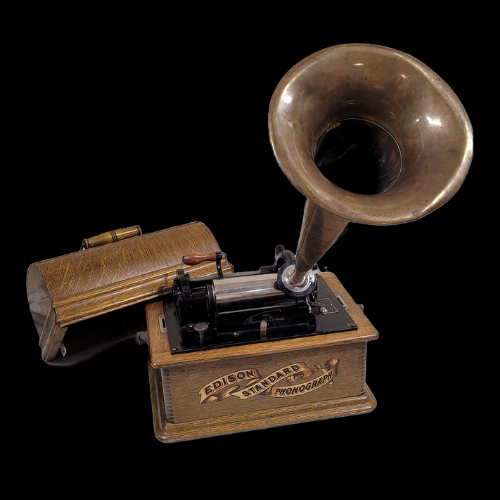Collection Highlights
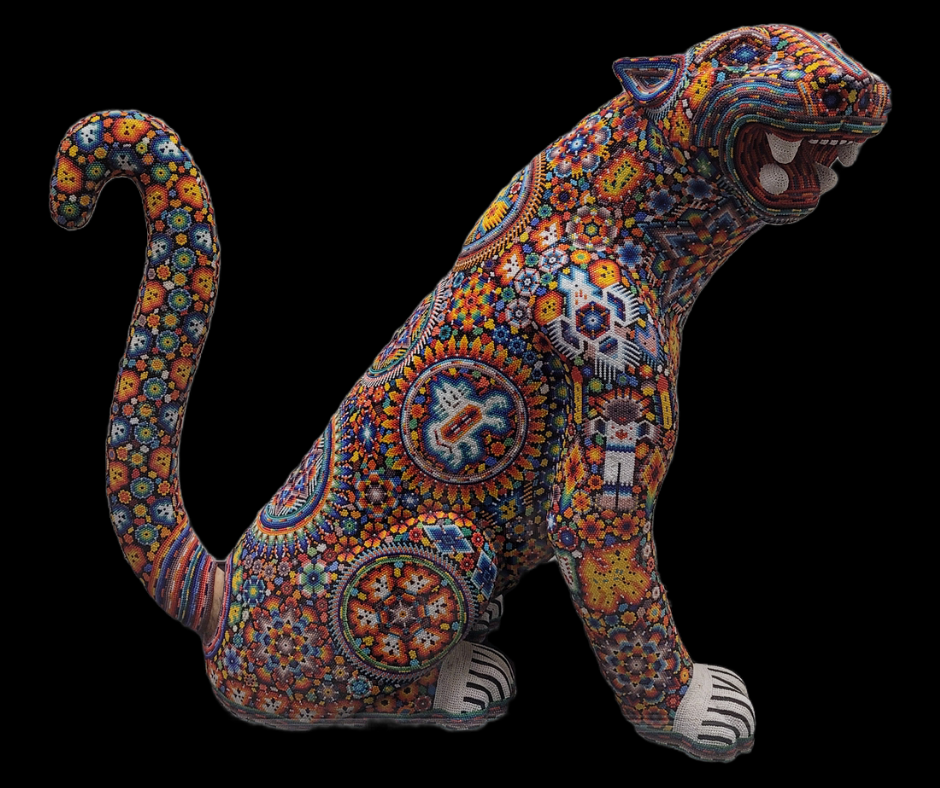
Bees Wax Jaguar/Wixárika Beadwork
Pre-Columbian Wixárika beadwork consists of simple designs reflecting heritage and belief systems. Traditionally, beeswax was used to hold bone, clay, minerals, and seeds in place on a solid backing. In the last ten to twenty years new materials, such as brightly colored beads have become easily available, and outside interest in Wixárika artwork has spurred the development of the more intricate and showy pieces favored by collectors. Despite
the changes created by commercialization, the method of production is the same and the designs continue to reflect Wixárika lifeways. This jaguar is a fine example of their modern beadwork.
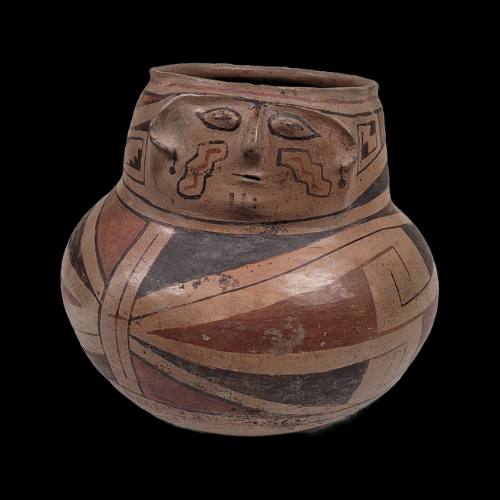
Casas Grandes Pottery
Contrary to the misconception that ancient societies lived in isolation, the Casas Grandes region in Chihuahua, Mexico, flourished as a vibrant center of interregional trade during the Medio Period (1200-1450 CE). Paquimé, the heart of this thriving network, engaged in extensive trade with Ancestral Pueblo tribes in the southwest, northern Mexico, and even Mesoamerica. This dynamic exchange comes to life through the pottery, exquisite shell jewelry, captivating macaw motifs, and a treasure trove of other artifacts meticulously excavated at Casas Grandes archaeological sites.
The vessel pictured here dates to around 1340 CE. It depicts two heads with painted earrings, stepped elements, triangles of black and red.
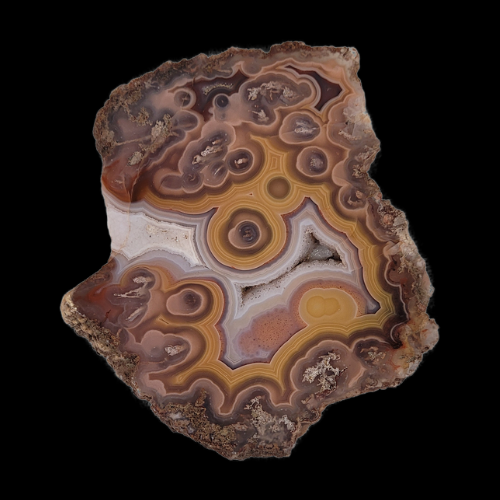
Rocks and Minerals
Our collection includes hundreds of rocks, minerals, geodes, fossils, and rocks. Many are specimens that were collected by other UTEP departments such as the Geology Department, and were either gifted or transferred to the Centennial Museum. Our collection even includes many fluorescent and phosphorescent minerals.
Pictured here is Quartz mixed with Agate.
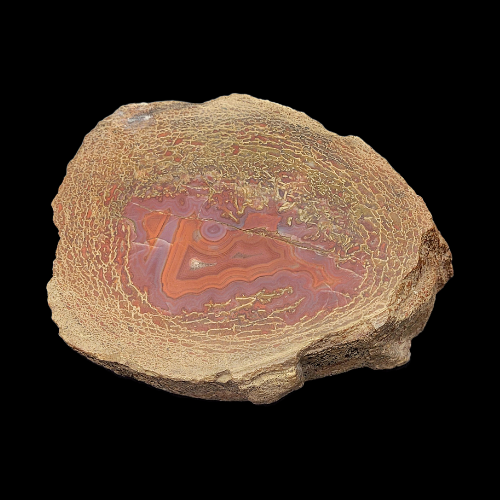
Dino Gem
This dinosaur bone is not quite like other fossils. Over millions of years it underwent permineralization, a process that occurs when water rich in silicon dioxide (silica), fills the bone with crystals eventually forming colorful patterns of quartz or agate. Discovered in the Colorado Plateau, this “dino gem” is a testament to the geological marvels of the region.
Edison Standard Phonograph
A large portion of our collections consists of 19th and 20th century objects. Pictured here is an Edison Standard Phonograph, CA 1905. This device allowed for an early form of sound recording and playing. This is one of a collection of Edison Standard Phonographs in our collection. Click on the images to read about this history of the cylinder photograph from the Library of Congress.
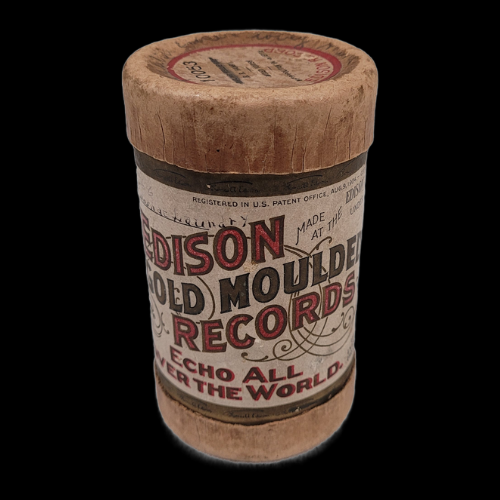
Cylinder Phonograph
To go with our phonographs or "Edison Players," we have hundreds of phonograph cylinders. This cylinder is record no. 3909 and is a recording of Fancy Little Yancy (Saxophone solo) by W. Wadsworth.

Dinosaur Egg Nest
These dinosaur eggs are from the Jurassic-Upper Cretaceous Period, approximately 65 to 150 million years old. They are from a Sauropod (long neck dinosaurs) or an Ornithopod (bipedal dinosaurs that occasionally walked on all four legs, such as a duck bill dinosaur). These egg fossils were recovered from Changsha, Hunan Provenience, Peoples Republic of China. On loan from Insights El Paso.

